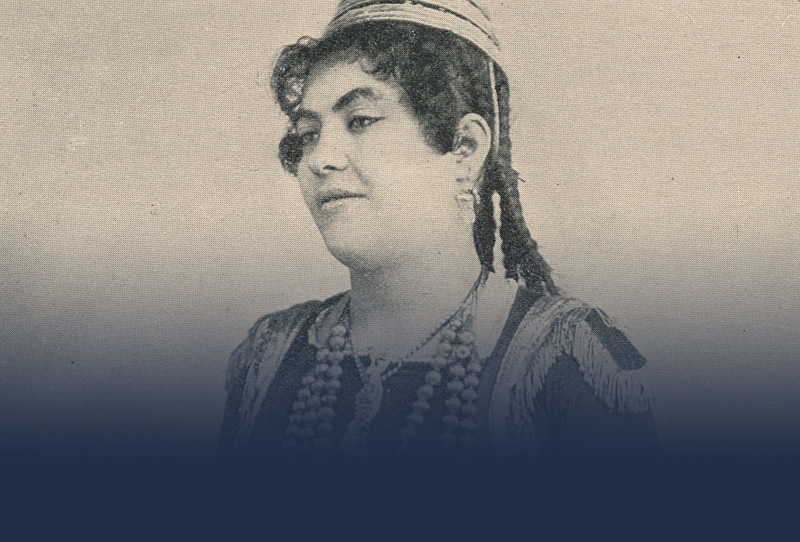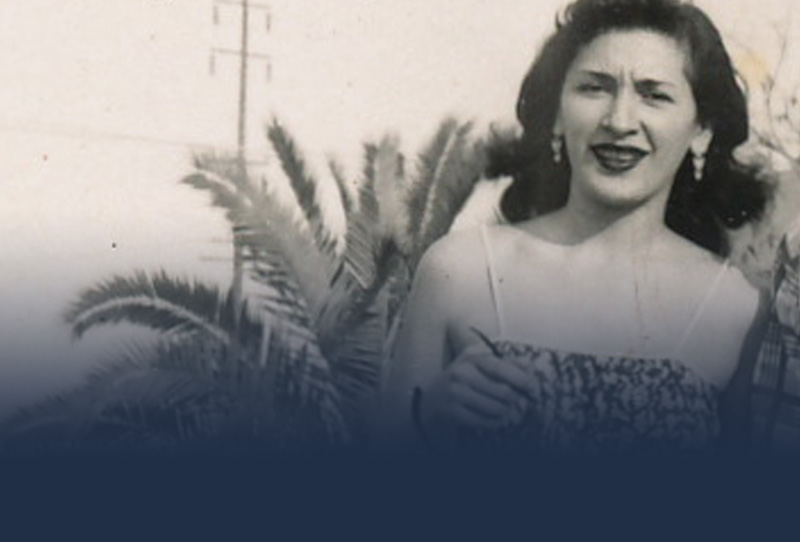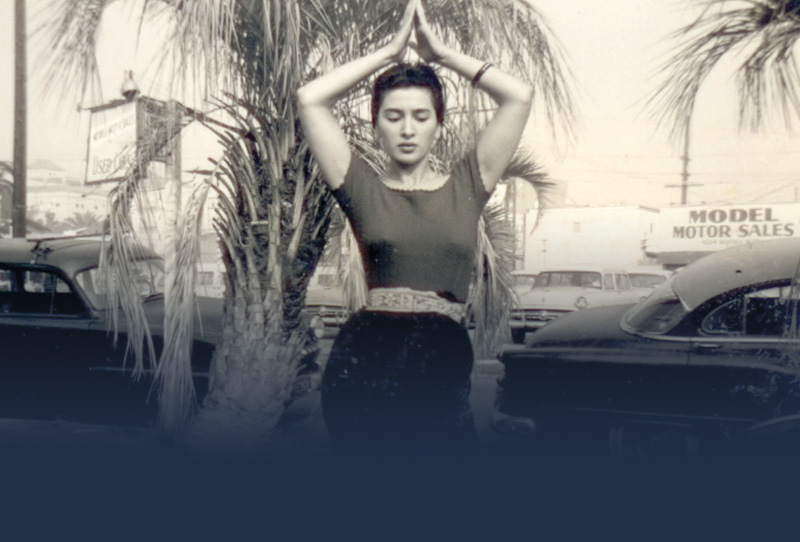Habibi: Vol. 9 No. 9 (1986)
In the year 1893 the Chicago World’s Fair, which celebrated the 400th anniversary of Christopher Columbus’ arrival in North America, was the event to which was attributed the introduction of danse orientale in America. Was it the first time Middle Eastern dance was seen in this continent? Not according to the historians who gathered the material for The Gunfighters. ¹
The book opens with a chapter titled “An Epic Showdown at the O.K. Corral”. It describes the legendary and much romanticized shootout between the famous lawman Wyatt Earp (in company with his brother and his gambler friend Doc Holliday) and four local cowboys (namely, the Clanton and McLaury brothers.) ²
When Wyatt Earp and his brothers Morgan and Virgil first came to Tombstone, Arizona, in the year 1879, Tombstone was only ten months old. At that time the meager population lived in tents and shanties. The promise of wealth from the silver mines brought prospectors who were soon courted by merchants. Within two years the town grew to about six thousand people. ³
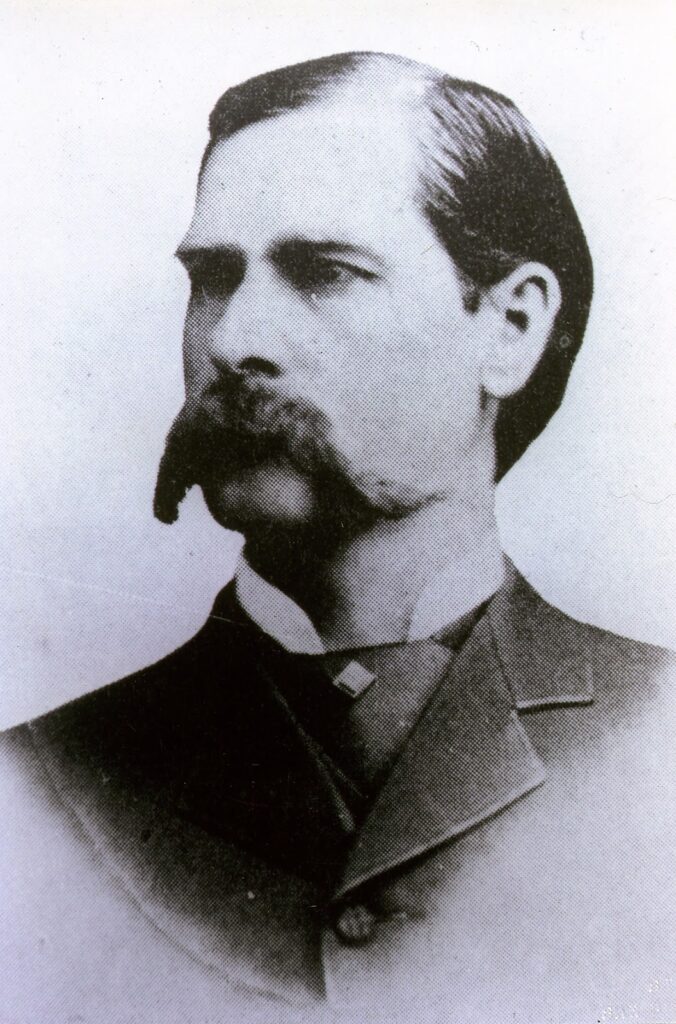
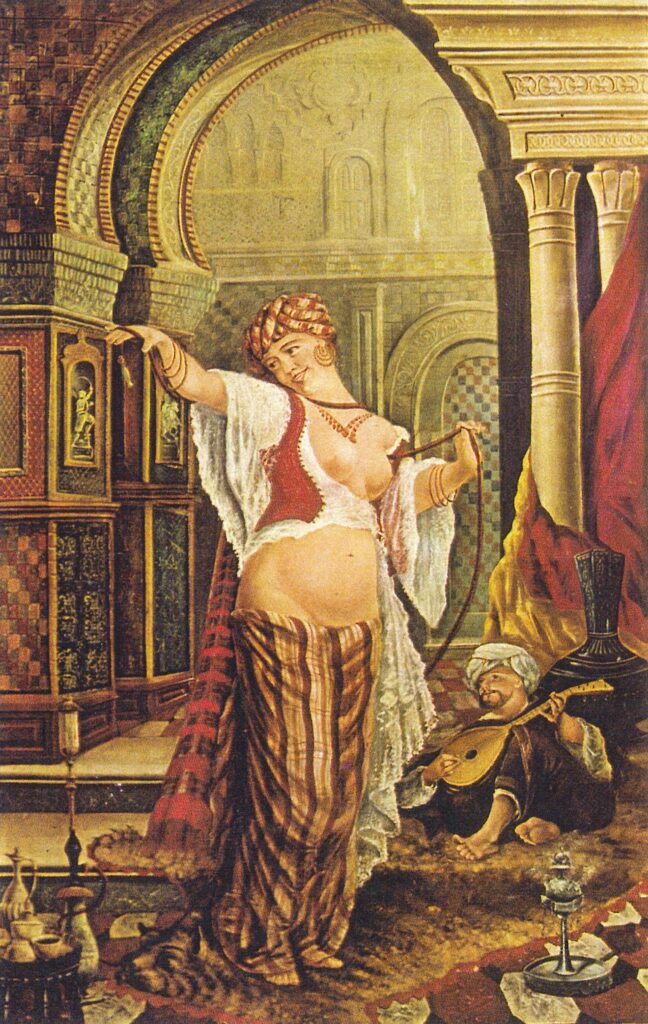
By 1880, Tombstone had two dance halls, a dozen gambling places, and more than twenty saloons. When a cattle rustler casually shot and killed the city marshal, Virgil Earp was appointed to the task. Wyatt meanwhile bought into a gambling concession in one of the fanciest and most profitable establishments in town, The Oriental Saloon. In addition, he ran aro games in other saloons. When Virgil’s appointment was renewed, Wyatt divided his gambling activities by acting first as a deputy sheriff and later, when Virgil became a city marshal, as an assistant to his brother. The newly rich cowboys spent their earnings mostly on nightlife, elegant restaurants and theaters featuring the best Vaudeville entertainment. Probably the agents who booked in seemingly remote areas such as Tombstone were responsible for bringing Fatima, an Egyptian dancer, to the Bird Cage Theatre. She performed there in 1882, eleven years before the Chicago World’s Fair and the legend of “Little Egypt”.
How would it have been possible for Fatima to end up as a feature attraction at the Bird Cage Theatre in Tombstone, Arizona? Perhaps she was one of a number of Middle Eastern performers who were brought to the United States for the first American Centennial in 1876. Looking at the list of exhibiting countries, we see that Tunisia took part. In a sketch by an artist of that period, one of the dancers was drawn while performing a “handkerchief dance.”
Could it have been, just as it was to be at the Chicago World’s Fair in 1893, that the word went around to other Middle Eastern entertainers (or just plain opportunists) that one could obtain a free trip to adventure by coming to the United States to perform at these colossal fairs? Certainly there was no other place or time in which these performers could fit. There was no wave of immigration and not much hope of assimilation for people from the Middle East in those days. At the Chicago World’s Fair the dancers and other entertainers came from Turkey and its Arab provinces, as well as from Egypt, Tunisia, and Algeria. The same could have been so at the first American Centennial in 1876.
Let us say that an agent or entrepreneur saw Fatima in Philadelphia in 1876 and invited her to perform at the Bird Cage Theatre in Tombstone, Arizona. Her acceptance probably depended on the condition that she bring her own musician to perform authentically, for, in a painting rendered by an artist of her day, Fatima is shown dancing to the accompaniment of an old musician. His presence might have been as a companion, protector, or chaperone in addition to accompanying musician. It is not very likely that Fatima participated in Tombstone’s daily life. How long must her family and friends have wondered about her health and well-being? (The average Middle Easterner was illiterate in those days. Perhaps they were lucky enough to know a scribe who could write for them in Arabic. One such scribe was brought to the Chicago World’s Fair to write letters for the performers so they could keep in touch with their relatives back home.)
Did they have friends outside the Bird Cage Theatre? Not very likely! Why? Well, because the Bird Cage Theatre was a theater, but it was also a restaurant, bar, and bordello. It was called the Bird Cage Theatre because of the activity on the balcony.
One of Tombstone’s most raucous and combustible night spots was the Bird Cage Theatre, which offered a smorgasbord of delights ranging from imported Vaudeville acts to prostitution. The smoke-filled establishment was named, with heavy frontier humor, for the twelve tiny balcony boxes where soiled doves plied their trade behind curtains. When uncaged, the painted ladies pursued less profitable sidelines such as shilling drinks and dancing with drunken cowboys, hard-handed miners, and nimble-fingered gamblers and gunmen.
The theatre’s owners, Billy and Lottie Hutchinson prudently requested that incoming patrons check their hardware. Observance of the rule was uneven at best: before long, more than 100 bullet holes dappled the theatre’s ceiling, walls, and even the huge painting, hung in tribute to a popular performer named Fatima. 4

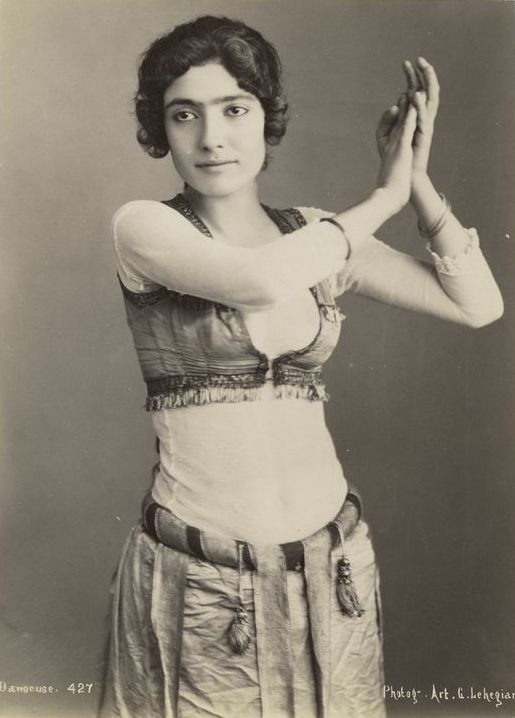
When Fatima worked at the Bird Cage Theatre, other prestigious acts such as H.M.S. Pinafore were presented there, too. Fatima is represented as a voluptuous, sensuous female, half-clad, almost nude. Did she start her dance fully clothed or does she appear in the painting to be taking her clothes off? By the time her portrait was painted, she had become a favorite in Tombstone.
Did Fatima stay in Tombstone? I doubt it! I think she must have accumulated the wealth she acquired and made her way back home with her precious dowry. Perhaps after the shoot-out at the O.K. Corral, she decided America was not the place she wanted to end her days. Or, maybe she did stay when she heard rumors about an upcoming Chicago World’s Fair. By that time, she would have been well-seasoned about American tastes. Maybe she wouldn’t be hired by Sol Bloom, director of the Midway, since he didn’t bring her personally from the Paris Exposition in 1889. Did she end up on the Coney Island? It’s possible! She might have decided to capitalize on the notoriety of the dancers from the Fair. Whatever happened to her, I think Fatima was a survivor and as such, did well. In any case, during her lifetime, she entertained and delighted audiences made up of such notables as Doc Holliday and Wyatt Earp.
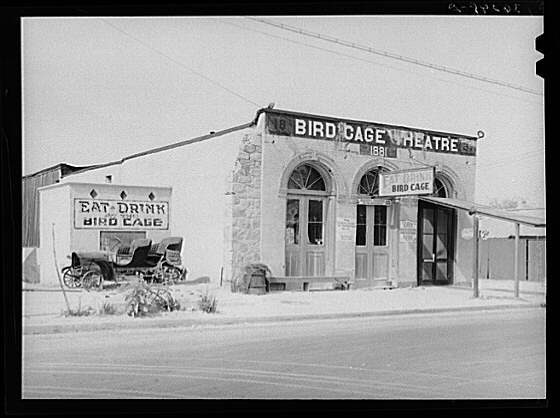
¹ Paul Trachtman, “An Epic Showdown at the O.K. Corral” in The Gunfighters, The Old West Vol. 8 (New York: Time-Life Books, 1974).
² Trachtman, The Gunfighters
³ Trachtman, The Gunfighters.
4 Trachtman, The Gunfighters.
This article was published in Jamila’s Article Book: Selections of Jamila Salimpour’s Articles Published in Habibi Magazine, 1974-1988, published by Suhaila International in 2013. This Article Book excerpt is an edited version of what originally appeared in Habibi: Vol. 9 No. 9 (1986).
